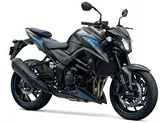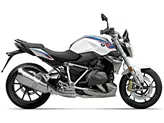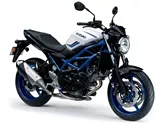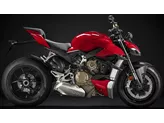BMW S 1000 R 2015 vs. Suzuki GSX-S750 2017

BMW S 1000 R 2015

Suzuki GSX-S750 2017
Overview - BMW S 1000 R 2015 vs Suzuki GSX-S750 2017
The BMW S 1000 R 2015 and the Suzuki GSX-S750 2017 are both naked bikes with similar technical specifications. However, there are some notable differences between the two models.
In terms of engine power, the BMW S 1000 R 2015 has a more powerful engine, producing 160 HP compared to the Suzuki GSX-S750 2017's 114 HP. This gives the BMW an advantage in terms of acceleration and top speed. Additionally, the BMW has a higher torque of 112 Nm compared to the Suzuki's 81 Nm, which means it will have better low-end power and acceleration.
Both bikes have a 4-cylinder engine and a displacement of around 1000cc, which provides a good balance between power and fuel efficiency. They also have similar suspension systems, with upside-down telescopic forks at the front and swing arm suspension at the rear. The chassis of both bikes is made of aluminum and has a twin tube frame design, which provides good stability and handling.

BMW S 1000 R 2015
In terms of braking, the BMW S 1000 R 2015 has a more powerful braking system with double disk brakes and four pistons at the front. The Suzuki GSX-S750 2017 also has double disk brakes at the front, but with only two pistons. This means that the BMW will have better stopping power and control.
Both bikes have advanced rider assistance systems, with the BMW featuring dynamic suspension and the Suzuki having ABS. These systems enhance the overall safety and performance of the bikes.
In terms of dimensions and weights, the Suzuki GSX-S750 2017 has a slightly larger wheelbase of 1455mm compared to the BMW S 1000 R 2015's 1439mm. The seat height of the Suzuki is also slightly higher at 820mm compared to the BMW's 814mm. However, these differences are minimal and may not have a significant impact on the overall riding experience.

Suzuki GSX-S750 2017
When it comes to strengths, the BMW S 1000 R 2015 has a powerful and well-controllable engine, a powerful braking system, and a comparatively comfortable seating position. On the other hand, the Suzuki GSX-S750 2017 has the advantage of a GSX-R 750 engine with a strong character, powerful and well-controlled brakes, a harmonious design, an affordable price, a sharp sound, and great lean angle clearance.
In terms of weaknesses, the BMW S 1000 R 2015 has some irresistible but expensive optional extras, a hard chassis, and vibrations in the handlebars. The Suzuki GSX-S750 2017, on the other hand, has an acute knee angle and a tachometer that may be difficult to read.
Overall, both the BMW S 1000 R 2015 and the Suzuki GSX-S750 2017 are powerful and capable naked bikes, with the BMW offering more power and a higher price tag, while the Suzuki provides a more affordable option with a strong character and a harmonious design. The choice between the two will ultimately depend on the rider's preferences and priorities.
Technical Specifications BMW S 1000 R 2015 compared to Suzuki GSX-S750 2017
Pros and Cons in comparison
Pros and Cons in comparison
BMW S 1000 R 2015
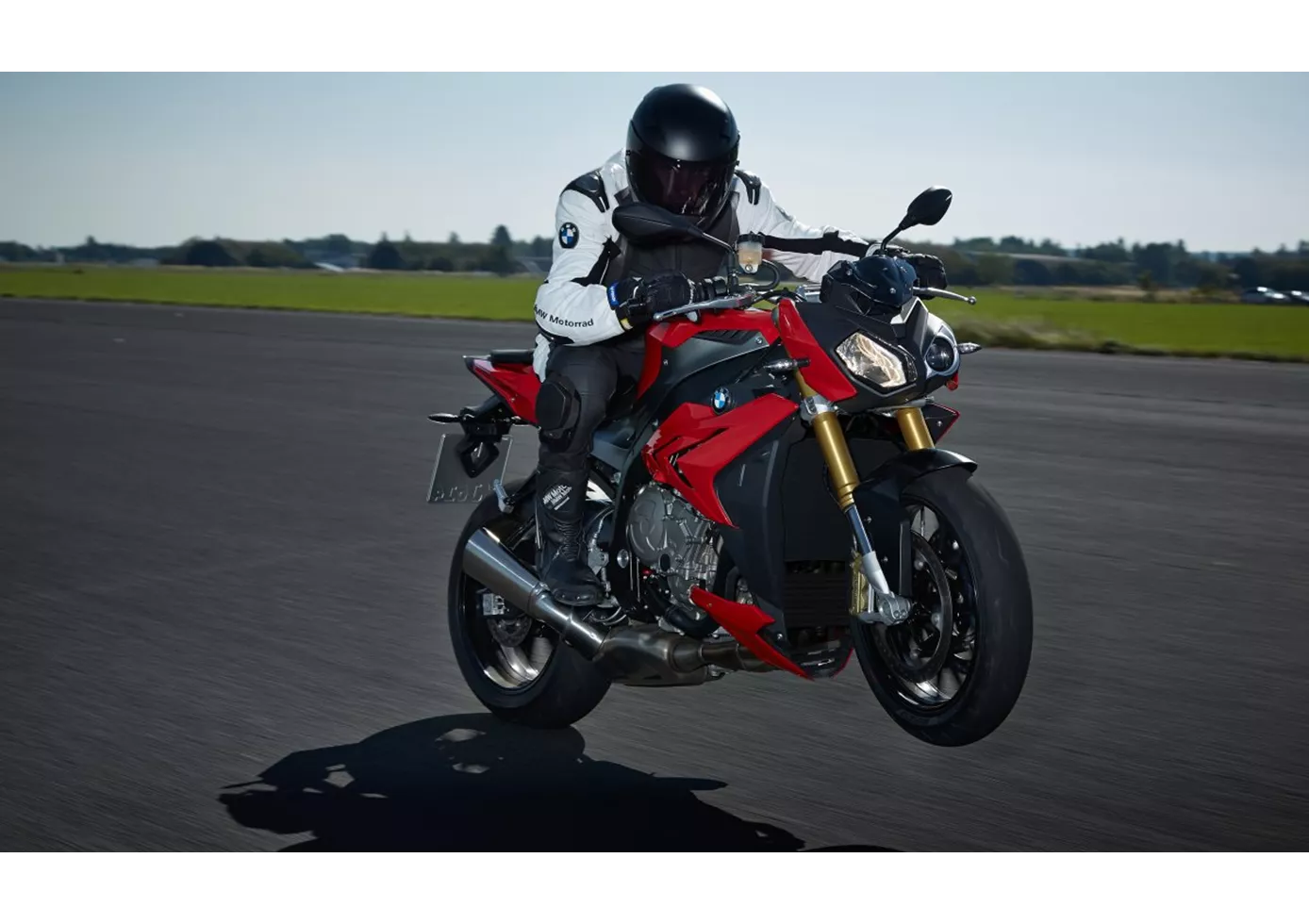
With the BMW S 1000 R, you notice both the close relationship to the S 1000 RR superbike and the endeavour to equip the machine with a high degree of comfort for country roads and everyday use. Accordingly, the 1000cc four-cylinder power unit is brute and yet easily controllable, and the seating position is correspondingly sporty and comfortable. The fact that the S 1000 R is one of the most affordable power naked bikes is surprising and very pleasing, although one must not get hold of the list of optional extras - because thanks to the many irresistible features, it will certainly be more expensive.
Suzuki GSX-S750 2017

More power, more performance, more sound. Suzuki also proves all the pessimists regarding the EURO4 standard wrong and delivers the GSX-S 750, a successor to the GSR 750 that has been further developed in every respect and can be a bit more serious, but doesn't have to be. To ensure that aha moments don't become oje moments, ABS and a three-stage traction control that can be switched off provide a safety cushion. With S21 tyres from Bridgestone, the GSX-S is super-sporty, allowing you to take advantage of the generous lean angle clearance. Only the acute knee angle could be a disadvantage on longer tours.
Price Comparison Avarage Market Price BMW S 1000 R vs Suzuki GSX-S750
There are a few key differences between a BMW S 1000 R 2015 and a Suzuki GSX-S750 2017. In terms of price, the actual average price of a BMW S 1000 R 2015 is about 40% higher. Compared to Suzuki GSX-S750 2017 there are less BMW S 1000 R 2015 bikes available on the 1000PS.de Marketplace, specifically 12 compared to 14. It takes less time to sell a BMW S 1000 R with 61 days compared to 84 days for a Suzuki GSX-S750. Since model year 2014 1000PS.de editors have written 62 reviews for the BMW S 1000 R and 14 reviews for the Suzuki GSX-S750 since model year 2017. The first review for the BMW S 1000 R was published on 03/11/2013 and now has more than 17,300 views. This compares to more than 50,800 views for the first review on Suzuki GSX-S750 published on 04/10/2016.



